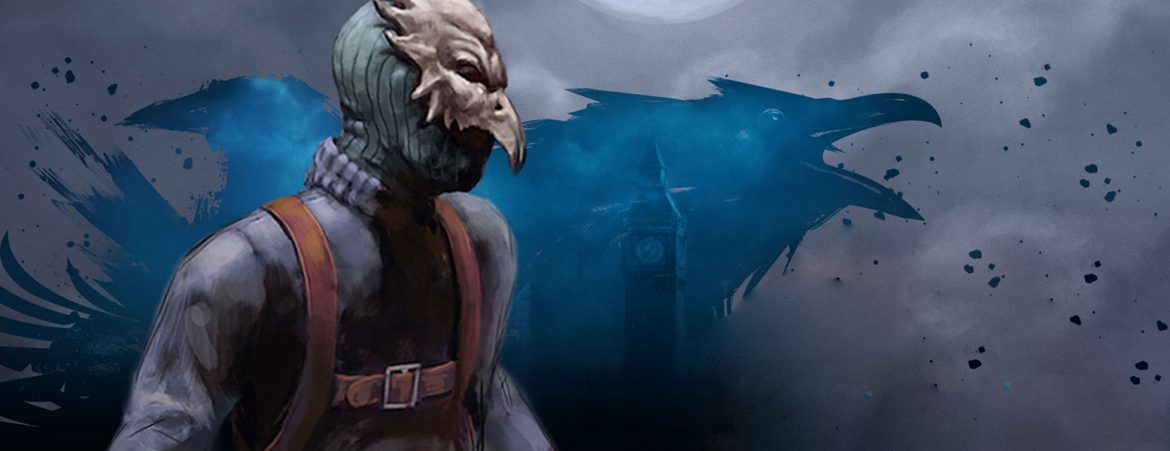TL;DR
The Raven is a point-and-click adventure set in 1964, following Constable Zellner investigating the return of a master thief. While the remastered version boasts updated graphics, they still feel dated and character animations are notably stiff and awkward, even leading to unintentional humor. The game suffers from frustrating, overly complex puzzles and a lack of responsiveness in player movement, unexpectedly including lag on the Nintendo Switch. Dialogue choices don't impact the narrative meaningfully, and the story itself is described as uninspired. Despite its potential, the experience is hampered by technical issues and design flaws. Curious to see if this detective tale is worth your time despite its shortcomings? Read on to find out.
The Raven was initially released in July 2013 on consoles and PC. Consequently, its graphics may not meet contemporary standards. While this is the remastered version of The Raven, the visual enhancements could have been more substantial. The Raven was released in 2018 for current-generation consoles and is now available on Nintendo Switch. This review is based on the Nintendo Switch version.
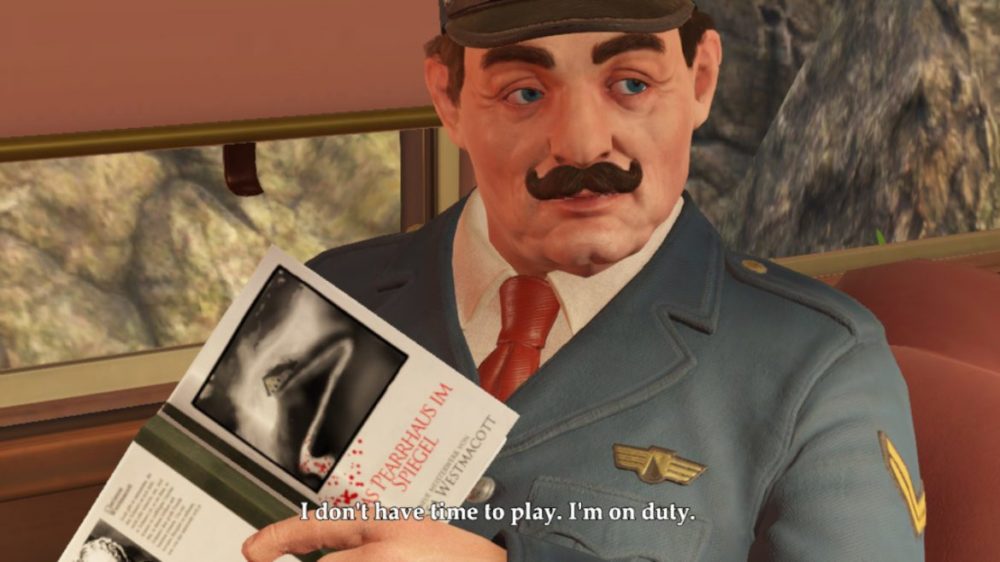
The game is set in 1964. The notorious master thief, The Raven, was presumed dead years prior, yet a series of events suggests his return. The player assumes the role of Swiss police constable Anton Jakob Zellner, an officer thrust into a high-profile case that arguably exceeds his experience.
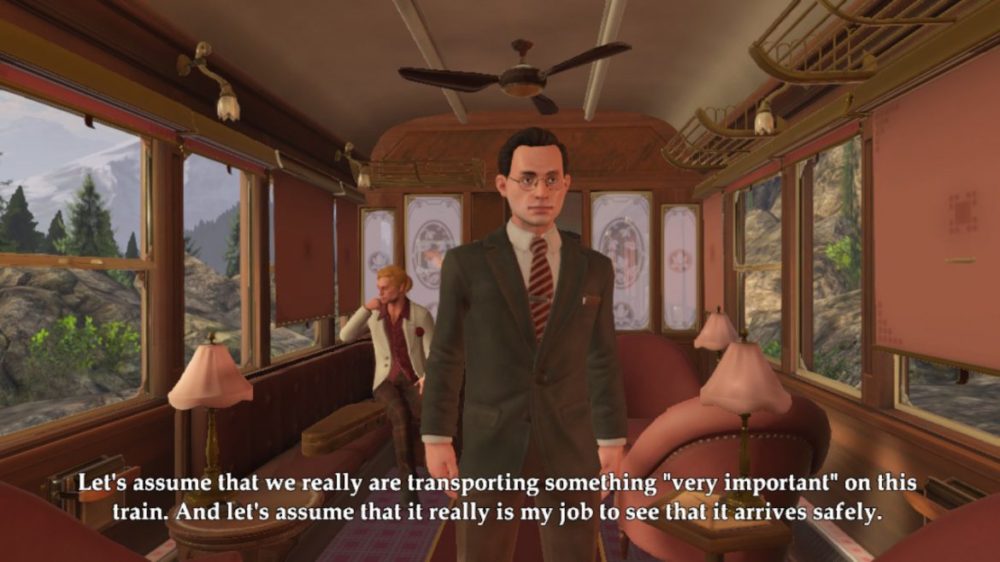
The cinematic intro raised some concerns regarding the overall quality of The Raven. The character animations appear rigid, and the allocation of the remaster’s budget is questionable, as it seemingly did not prioritize character animation. Furthermore, the voice acting is not particularly impressive. We are then introduced to the protagonist, Anton Jakob Zellner, who bears a striking resemblance to Hercule Poirot. The game even begins on the Orient Express, prompting the question: did King Art Games lack the rights to Agatha Christie’s iconic Belgian detective and therefore create a substitute?
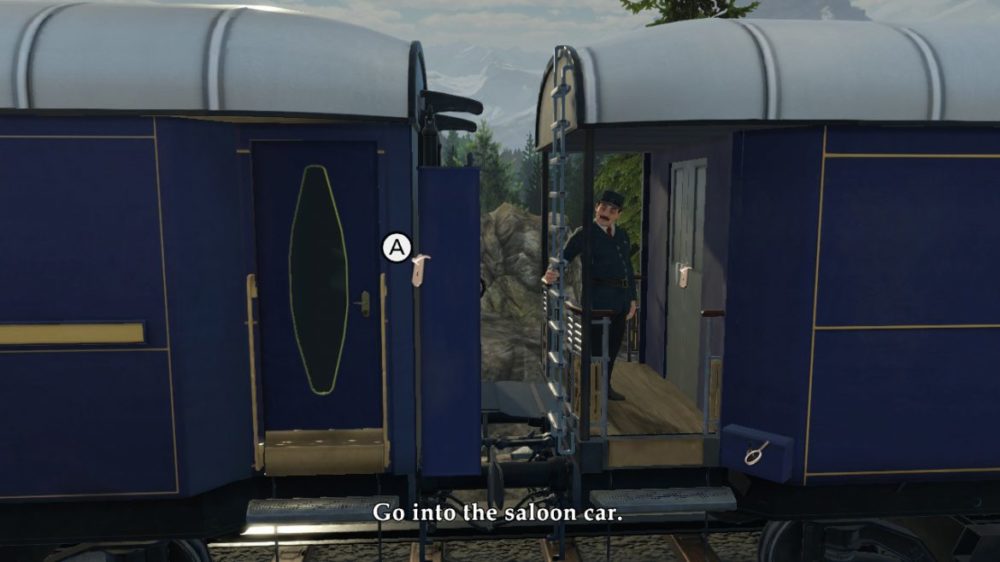
The Raven is a point-and-click adventure game, requiring players to collect and utilize items within the environment. While I have experience with this genre, The Raven presents some frustrating design choices. For instance, one sequence requires the player to repair a torch to detach passenger carriages, involving a series of convoluted steps that feel unnecessarily complex. The puzzle solutions often appear artificially elongated to increase the difficulty.
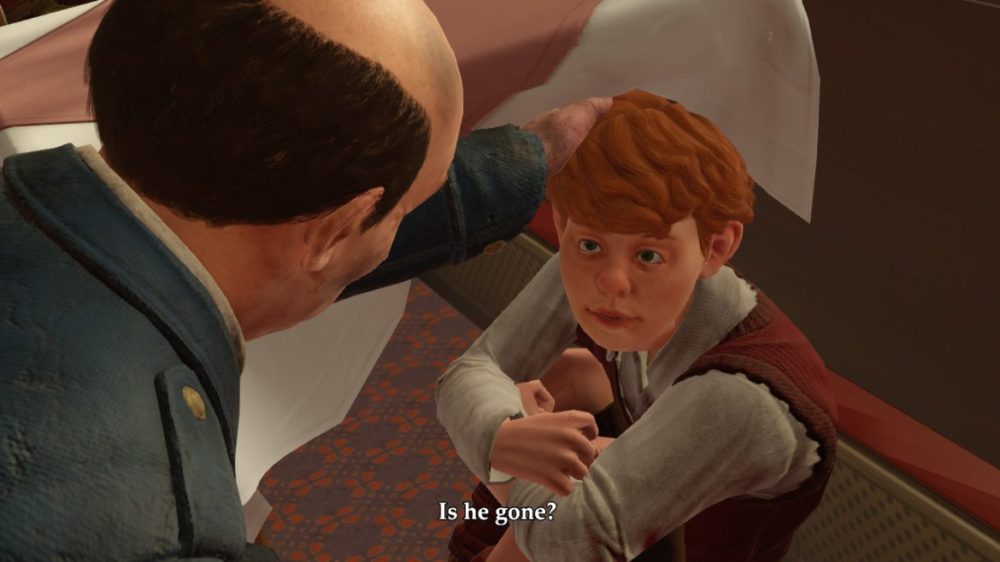
The player avatar moves awkwardly, lacking responsiveness. Surprisingly, despite the game’s relatively simple graphics, The Raven is the only title I’ve encountered on the Switch that experiences noticeable lag, which is unexpected given its apparent lack of demanding graphical requirements. As is often the case, the developers appear to have overlooked the Nintendo Switch’s portable mode, rendering certain details excessively small on the handheld display.
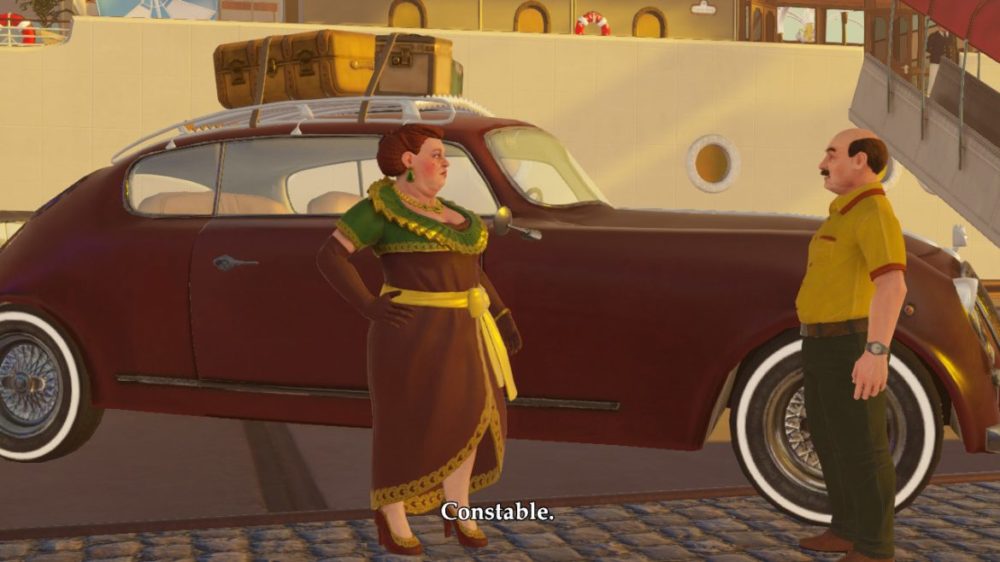
Dialogue options follow a familiar structure, but the player’s choices merely alter the order in which information is conveyed, rather than providing meaningful branching narratives. This feels restrictive and heavily scripted. The graphical limitations frequently result in unintentional humor. The protagonist’s character model appears stiff and unnatural, creating unintentionally comedic sequences due to its awkward animation.
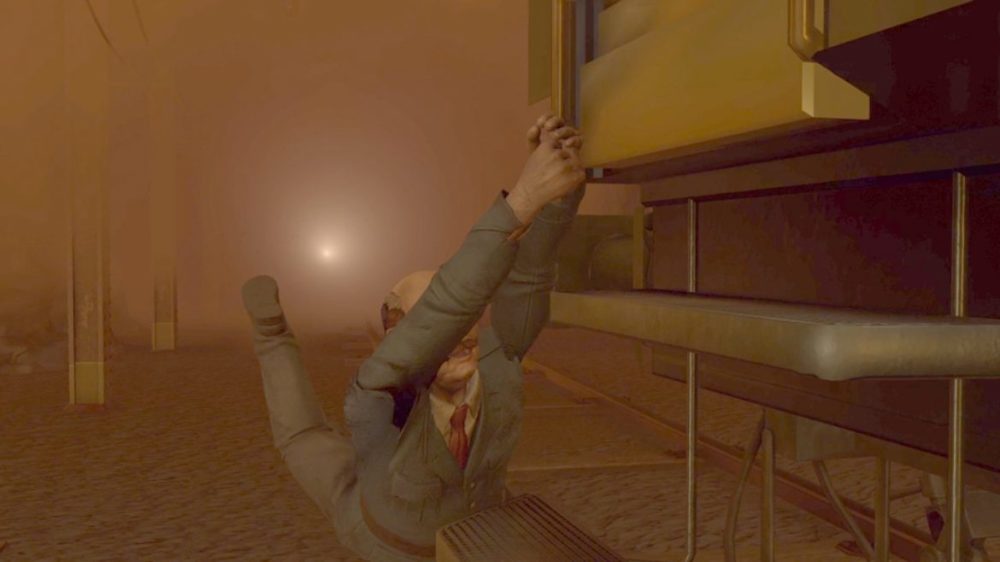
Beyond the dated graphics and questionable game mechanics, the narrative of The Raven is unfortunately uninspired. The detective story lacks excitement, and the protagonist’s perceived incompetence and lack of support further detract from the experience. In conclusion, a recommendation for The Raven is difficult to provide, save for those with an unwavering passion for detective-themed games, those seeking a low-budget alternative to a Swiss Hercule Poirot, or those who appreciate unintentional comedy derived from stiff character animations.
